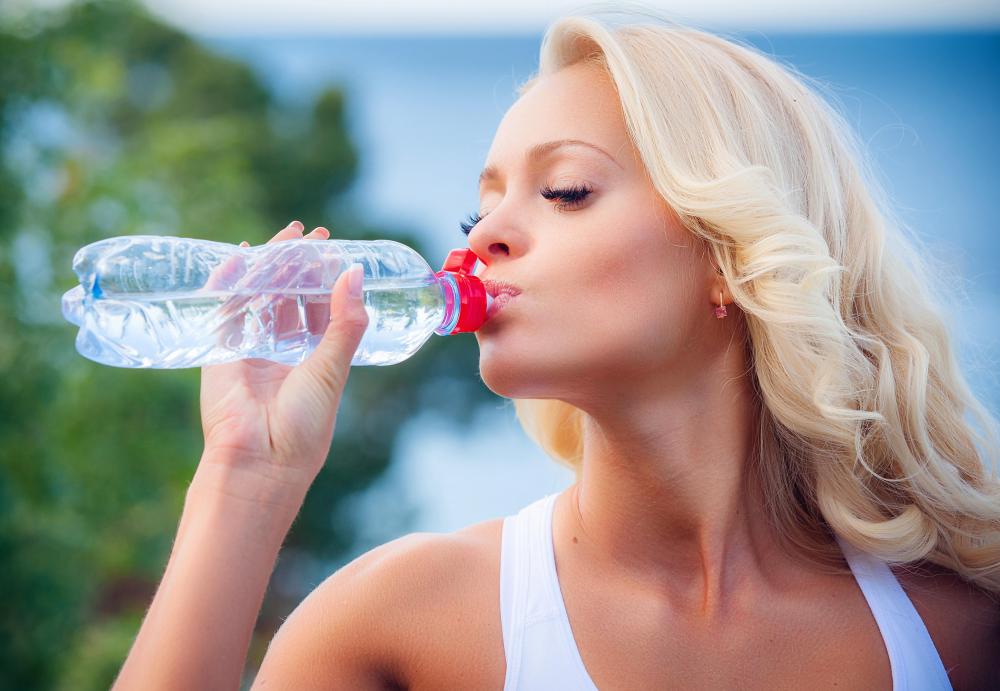At WiseGEEK, we're committed to delivering accurate, trustworthy information. Our expert-authored content is rigorously fact-checked and sourced from credible authorities. Discover how we uphold the highest standards in providing you with reliable knowledge.
How do I Prove a Product Liability Injury?
Product liability law focuses on compensating consumers who have suffered a product liability injury. Product liability is a very complex area of the law which requires a different burden of proof depending on the jurisdiction. In the United States, for example, a plaintiff must prove fault on the part of the designer, manufacturer, distributor, or retailer. In the United States, a product liability injury may be shown by proving a design defect, a manufacturing defect, or a failure to warn. In the European Union, however, a product liability injury is compensable without proving fault.
In order to prove a product liability injury as a result of a design defect, the plaintiff must prove that there was an inherent problem in the basic design of the product. A plaintiff must show that all of the products manufactured with a particular design were defective because the design itself is defective. In addition, the plaintiff must show that he or she was injured as a result of the defect in the design of the product.

Manufacturing defects differ from design defects in that not all of the products will be defective. A manufacturing defect is something that was caused during the making of the product and, therefore, only affects a small percentage of the products as a rule. A plaintiff must show that an error was made somewhere in the manufacturing process causing a defect created in the end product. That defect must then have caused the plaintiff's injuries.

A failure to warn product liability injury case is somewhat different from the design or manufacturing defect cases. Some products are inherently dangerous despite all efforts by the manufacturer to make them safe. Cleaning products, for example, contain chemicals that are extremely dangerous if inhaled or swallowed, yet are necessary for the product to serve its intended purpose. For products such as these, the manufacturer must adequately warn the consumer about the dangers of the product. If an adequate warning was not given and a consumer suffered injuries as a result, then the manufacturer may be held liable.
In the United States, the standard of fault is negligence. Negligence requires the plaintiff to show that the defendant—in this case the manufacturer, designer, supplier or retailer—failed to do what a reasonably prudent person would have done under the same circumstances. Within the European Union, a plaintiff does not have to show negligence. Product liability injury cases in the European Union are strict liability cases, meaning that all the plaintiff has to show is that he or she was injured by the product.
AS FEATURED ON:
AS FEATURED ON:












Discuss this Article
Post your comments